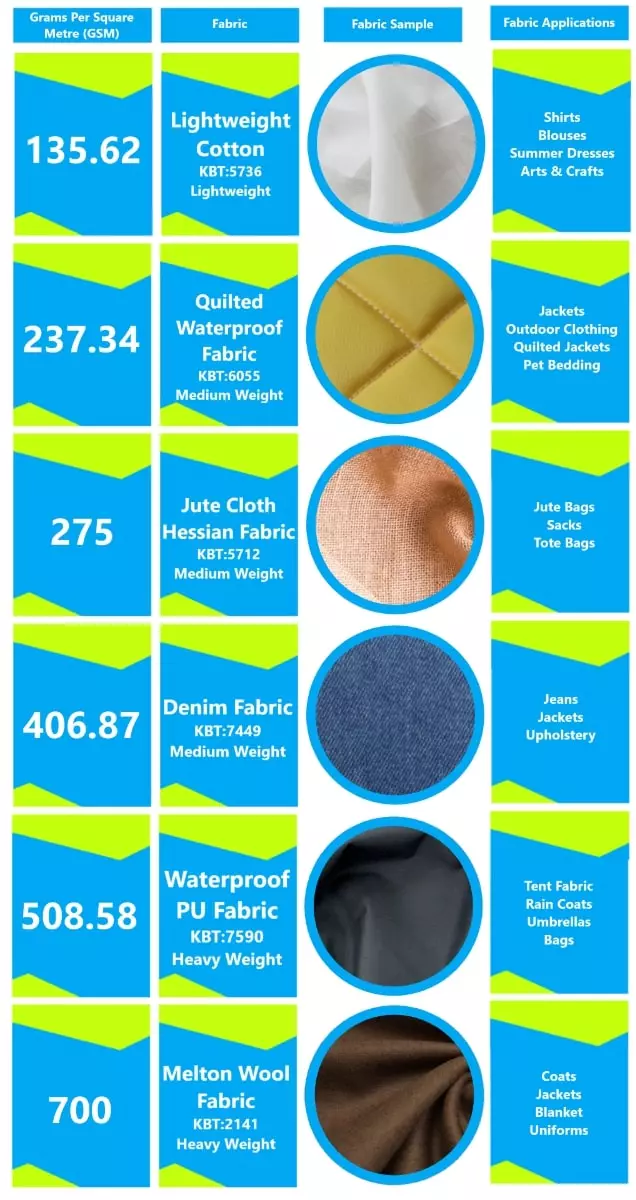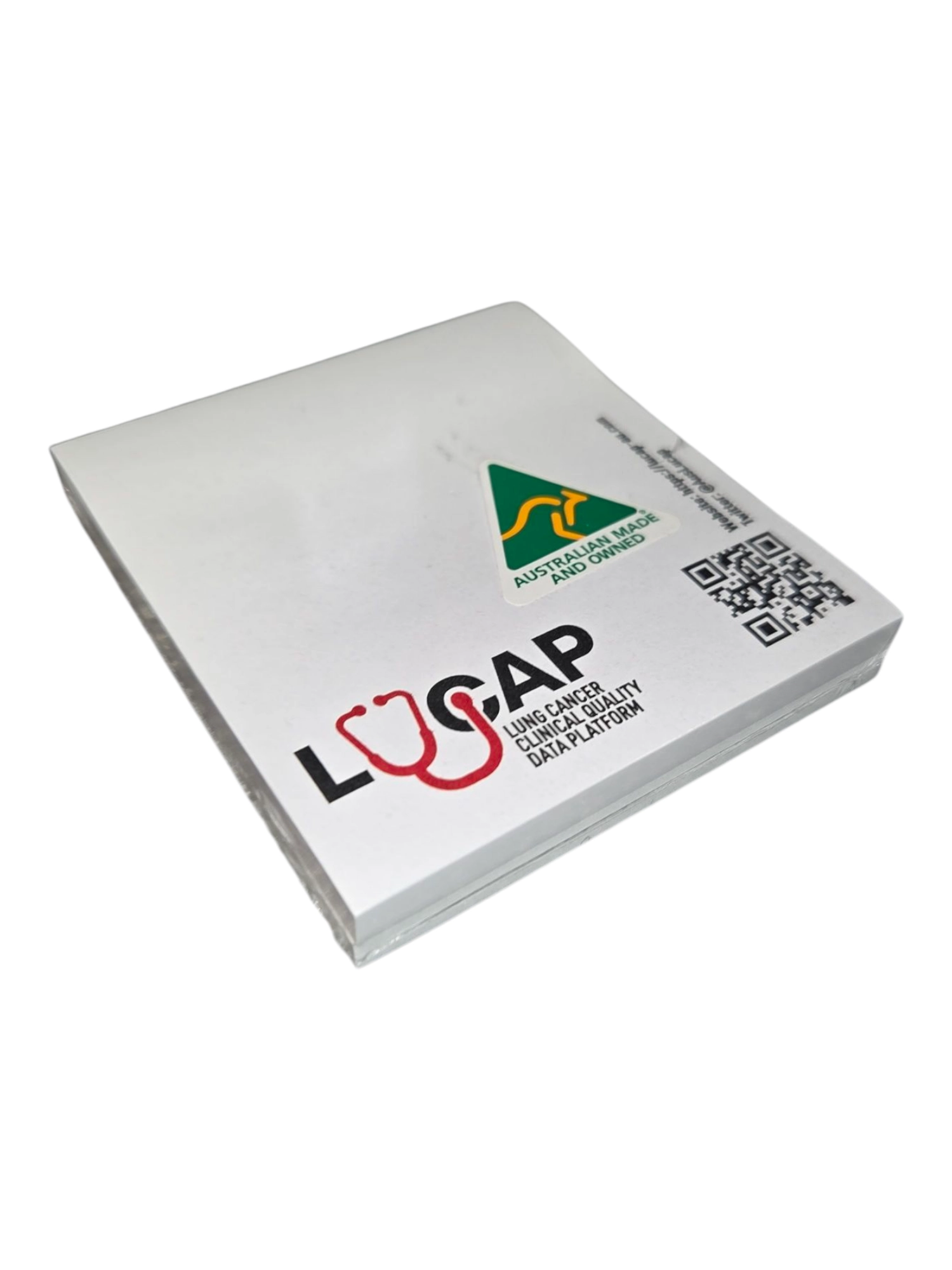Home » Product Performance Ratings: Resources »
Fabric Weight GSM Numbers, What are they?
Updated 24th April 2025

Fabric weight GSM (grams per square metre) is an important factor in determining the quality of fabric. It refers to the mass in weight of one square metre of fabric and is typically expressed in grams per square meter (gsm). The higher the GSM, the heavier and thicker the fabric. Fabrics with higher GSM are more durable and have a better drape than those with lower GSM.
For example, for light-weight summer clothing, you would generally use lower GSM fabrics such as cotton Voile or a fine lawn at around 80 gsm, while for winter outerwear you might opt for heavier wools up to 300 gsm. We’ll explore this in more detail here.
Fabric Weighting in GSM (Short for Grams per Square Meter)
Grammage or grammage weight, in the textile industry, is the area in square meters (m2) occupied by 1 gram of fabric. It is a direct indicator of the heaviness of the material. The higher the GSM number, the more fabric there is and the heavier it is. So why bother labelling the weight of a fabric? Well, the weight will enable one to tell what application it is best for and how it will behave when converted to a product.
An example. A common type of apparel with a heavy GSM (300gsm is an example of a heavy one) which is popular with shirts. You would expect a shirt made from this weighted fabric to be:
- Heavy in overall physical weight
- Quite thick to feel
- Quite warm to wear (compared to a lighter weight option such as 180gsm)

Misconceptions on Quality
Let me be clear: a high GSM does not mean higher quality. The fabric quality is attributed to many factors, including durability, feel colour and other metrics. Weight is not one of these metrics.
Another Example is using a tee shirt once again.
- Anything below 150gsm and below is considered a lightweight Tee shirt
- Anything between 160gsm – 180gsm would be perhaps a medium weight Tee shirt
- Over 190gsm would be a heavy-weight shirt
The weight will affect how a tee shirt appears visually.
Why Should You Know the Fabric GSM number?
Knowing the GSM number of a fabric is an important factor when making purchasing decisions for garments and home furnishings, since it can give an indication of quality and durability. Understanding fabric weights also allows you to compare different fabrics side-by-side, so you can be sure that you’re getting something that meets your needs. In terms of clothing and furnishings, choosing a fabric with a higher GSM may allow you to get a better value as it will last longer before it needs replacing. Additionally, having the right GSM for the season ensures comfort and style, as lighter fabrics work best in summer while heavier ones keep us warm during colder months.
Tips in Finding The Right Fabric GSM Number
Finding the right fabric GSM number can be tricky but there are a few tips you can use to make sure you get the right one. First, take into account the season and temperature to choose fabrics suitable for the climate. Second, it’s important to check the quality of the fabric since higher GSM numbers will indicate better quality fabrics that are more durable. Lastly, consider how often you will use or wear the garment or accessory as this will help determine whether or not you should invest in a heavier GSM fabric. By following these tips, you’ll be able to find the perfect fabric GSM number for your needs.






